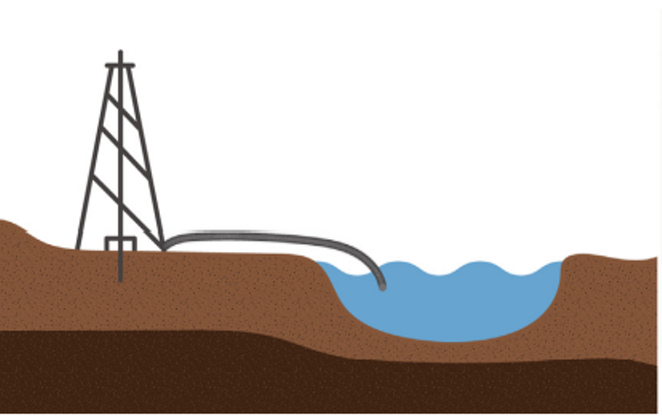
(Ohio Northern University)
Hydraulic fracturing relies on water supplies from ponds, streams and reservoirs, which research suggests can impact water flow.
Fracking is a very water-intensive industry, and a new study dives into the impact of unconventional oil and gas drilling on aquatic ecosystems in the Ohio River Basin.
Ponds, streams and reservoirs typically supply the water for hydraulic fracturing, which is used to create fissures in rock from which oil and gas are extracted.
Ohio Northern University Associate Professor of Chemistry Christopher Spiese said examining water-flow reductions is important as it results in reduced depths and the total volume of the water source.
"You're restricting the habitat that fish and invertebrates have to feed and spawn," said Spiese. "Water can actually get warmer, which can then lead to reduced survival rates for these critters. It enables invasive species to have an opening to start to impinge on the rivers and native species retreat."
Spiese and other researchers at Ohio Northern developed a model for estimating river flow and compared the data to water usage from the industry.
He explained that while they didn't see dramatic reductions in stream flow, the reductions that were discovered were severe and had the potential to negatively impact ecosystems.
The research calls for more accurate data collection and reporting for fracking water use.
Spiese said in their work with groups such as the Freshwater Accountability Project and FracTracker, they've found discrepancies between water withdrawals and water-usage reporting.
He added that there are policy implications that should be considered.
"We'd ultimately like to see an assessment of risk-benefit analysis kind of stuff," said Spiese. "What is this actually costing Southeast Ohio in terms of ecosystems, environmental health, human health, versus how much is it actually bringing in for economic benefits? And I don't know which way that scale is going to tip."
According to the report, water withdrawal in Ohio below 100,000 gallons per day does not require a permit.
With those below that threshold unregulated, Spiese said there are unknowns about the quantity of water withdrawn from individual watersheds.
Coming soon: Cleveland Scene Daily newsletter. We’ll send you a handful of interesting Cleveland stories every morning. Subscribe now to not miss a thing.
Follow us: Google News | NewsBreak | Instagram | Facebook | Twitter

